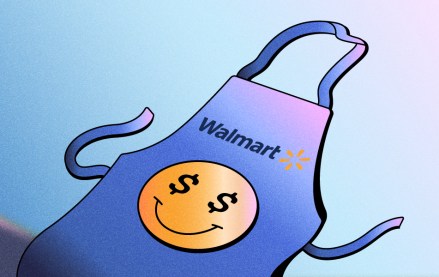Register by Jan 13 to save on passes and connect with marketers from Uber, Bose and more

The iPad has blown away even its most optimistic projections. That’s helped usher in a new phase of digital media with the influx of tablet publishing.
Mark Donovan, svp of mobile at ComScore, says that smart marketers are already providing consumers with some sort of tablet-optimized experience. Those who are not, are missing out, he said.
What’s significant about tablet adoption?
We haven’t seen before with new technology. Early adopters tend to be young males and that isn’t the case with tablets. It splits evenly between men and women. This is very important for the ad industry and is a really big opportunity to reach all different types of consumers. The other thing is, we are seeing, across the board, very high usage for media consumption, shopping and for watching video. This is such different behavior than what is happening in the smartphone space, which took longer to make consumers comfortable shopping from their devices.
What’s most surprising?
The majority of people who have an iPad don’t have an iPhone.
What are the implications for brands?
We are seeing that tablet adoption is significantly faster than smartphone adoption. This means that tablets are not a passing fad. It is a way for people to connect with digital content and smart brands should already be leveraging this opportunity. If you are a brand or a media owner, it isn’t enough to just have a mobile and a PC presence. The tablet is now a must-have. People are what I like to call digital omnivores. People are linking with brands on different devices throughout the day. This means it is critical to be on all the different devices and to connect with people. For marketers this is sort of like a shock, because just as they were getting comfortable with the idea of mobile and being available on mobile, out comes the tablet. Now you need to be on both. Smartphone usage peaks during the day and tablet usage peaks in the evening. Marketers need to be right there at both of these times. Marketers need to understand this and understand how the device fits into the media rhythm of people.
What is your advice for brands?
Make sure that you have a good understanding of what is happening today and where people are heading to consume. There are huge opportunities for publishers and a lot of them are reinventing what the magazine is. This is obviously an opportunity for brands as well, with more advertising opportunities. The fact is that with tablets, people are using them with Wi-Fi, and so you don’t need to worry about bandwidth and such and that’s where the opportunity lies with video. Tablets allow for very disruptive experiences. One thing the market needs to figure out is how all these screens – TV, PC, tablet and mobile – relate to one another. For example, the way the tablet drives what you watch on your TV.
What are some of the challenges that haunt marketers in the tablet space?
The big one is trying to figure out where to spend. There are different devices with different operating systems. IPhone, Android and then different platforms, like mobile and tablet. This is also a problem in the app space for developers, who now need to create for all of these different platforms and operating systems. Another challenge is understanding how to optimize messaging for all of these different devices.
More in Marketing

Inside the brand and agency scramble for first-party data in the AI era
Brands are moving faster to own first-party data as AI and privacy changes alter the digital advertising landscape.

Walmart Connect takes a play out of the Amazon playbook to make agentic AI the next battleground in retail media
The next retail media war is between Walmart Connect’s Sparky and Amazon’s Rufus, driven by agentic AI and first-party data.

What does media spend look like for 2026? It could be worse — and it might be
Forecasts for 2026 media spend range from 6.6% on the lower end to over 10% but the primary beneficiaries will be commerce, social and search.





